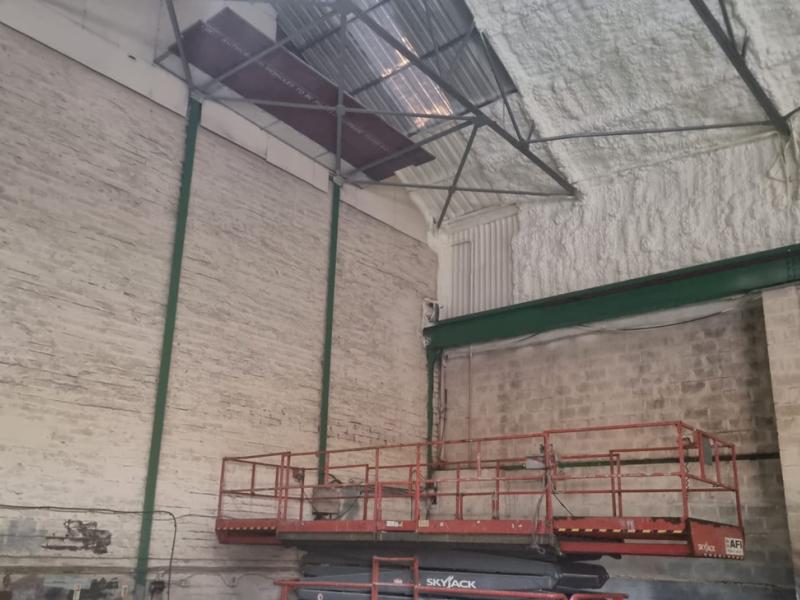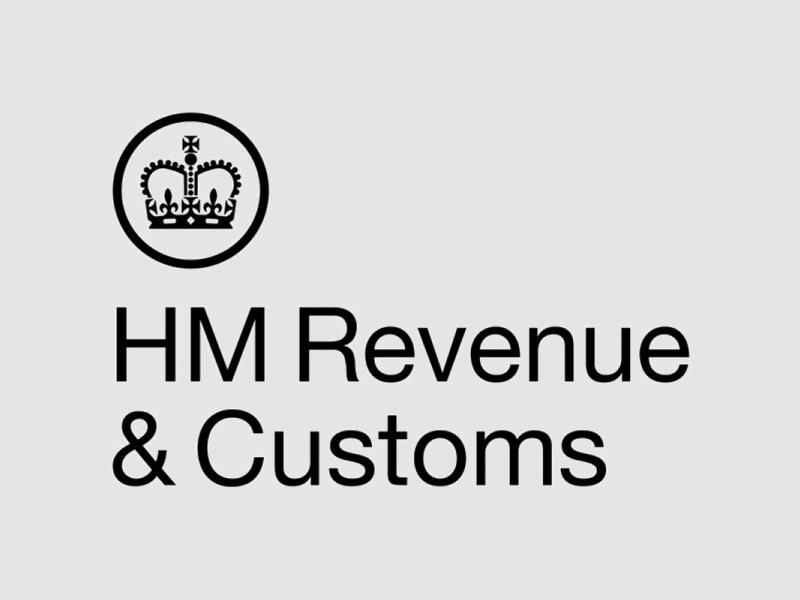Greenhouse Gas Emission Reduction With Spray Foam
Greenhouse gas (GHG) emissions and the broader implications of climate change are increasingly pivotal topics in global conversations.
Scientists worldwide are continuously exploring innovative strategies to cut GHG emissions, from finding new energy sources to advancing carbon capture technologies.
Consider the different methods to reduce GHG emissions: Do you think of alternative transportation, sustainable energy, or minimising energy use? Have you ever thought about the impact of proper home insulation and sealing on reducing GHG emissions? In fact, enhancing your home's insulation is one of the most impactful ways to decrease energy consumption and associated GHG emissions.
Spray foam serves as an advanced, versatile material for insulating and sealing homes and buildings. It creates a sealed environment, effectively blocking unwanted air flow by filling cracks and gaps. This improves the energy efficiency of heating and cooling systems, enhancing comfort and reducing GHG emissions by lowering energy requirements.
For example, a single-family home with spray foam-insulated ductwork in an unvented attic can save an average of 5,638 kWh annually compared to a similar home with vented attic insulation. This represents a reduction of 1,556 kilograms of carbon dioxide (CO2) each year, akin to reducing a car's emissions by 33% annually.
Considering the statistics reported by the U.S. Census Bureau in 2020, there were 141.2 million housing units in the U.S., with approximately 115 million being single-family homes. If each of these homes utilised spray foam for insulation and air sealing instead of other materials, the potential energy savings could reach about 648.37 billion kWh annually. This translates to a significant reduction of roughly 178.94 billion kg of CO2 emissions each year, equivalent to removing nearly 39 million cars from the roads.
Studies indicate that the environmental return on investment for spray foam products can be as brief as eight years when compared to alternative insulation materials, with an effective lifespan of 75 years. Over this period, spray foam consistently outperforms other products, providing ongoing energy savings and GHG emission reductions.
Now, imagine extending these savings to all residential and commercial buildings. The potential impact on energy conservation and GHG reduction could be even more transformative.

























